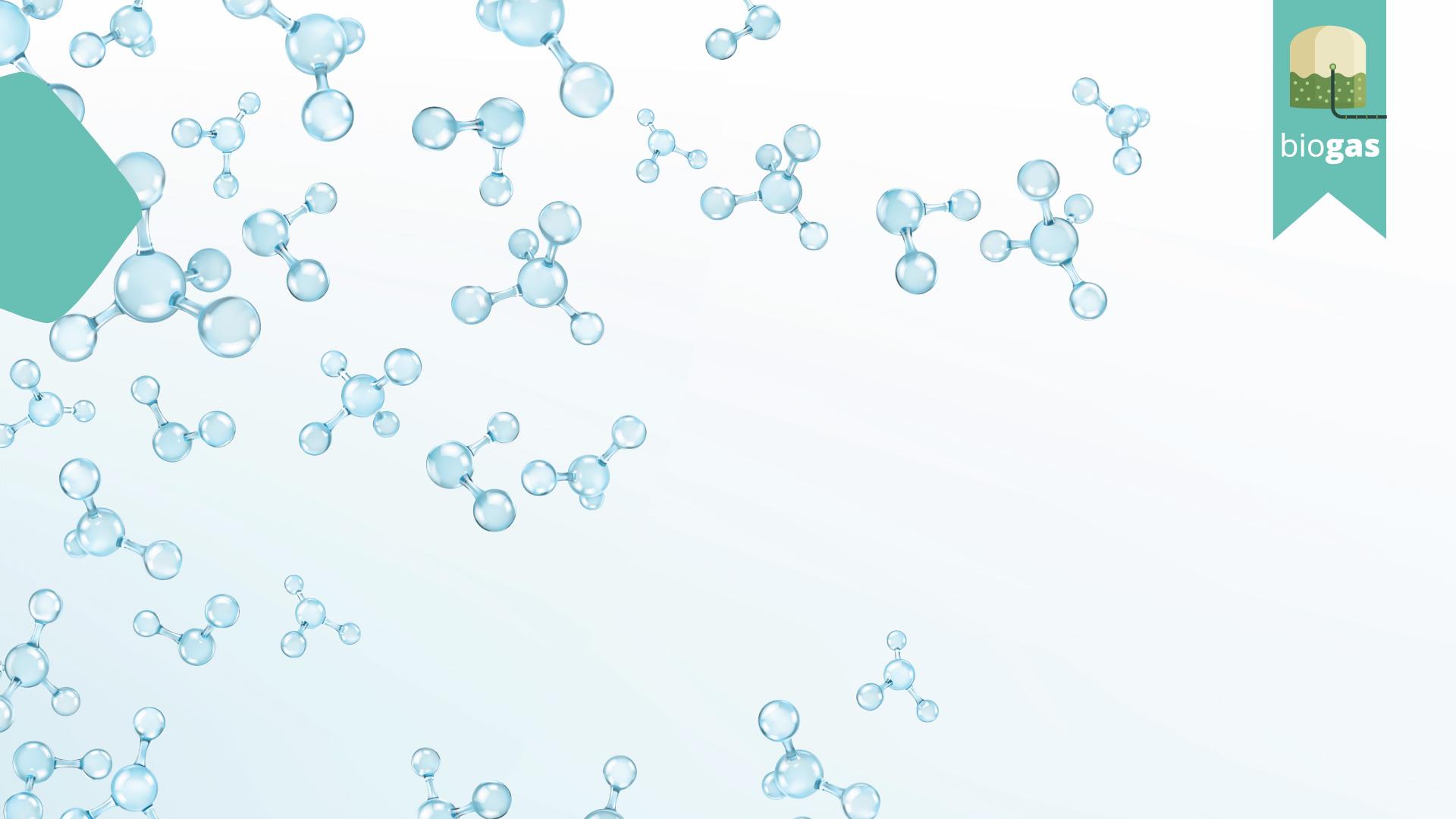
Blog post
Bacteria to the future
10 July 2024
Making more gas from waste and importing less fossil fuel derived gas will be key if Europe is to reach net zero whilst simultaneously maintaining energy security. But parenting trillions of little bacterium is a lot harder than it looks. In this blog we look at the 3 challenges of running an anaerobic digestion plant.
One of the joys of working with my multinational colleagues is their occasional missteps in speaking English. Only the other day my colleague said they would be “shooting themselves with their foot” if they did what was being suggested whereas I am pretty sure they meant “shooting themselves in their foot” English is confusing. The simple 4 letter word sour is a good example of this. Sourdough and sour cream are tasty food stuffs much beloved by the southern middle class whereas sour milk, sour grapes and sour faces are bad things. If you drank sour milk with your sourdough toast you’d probably make a sour face hence the confusion.
Sourdough bread was a bit of a niche product until lockdown when we were all stuck at home. Suddenly making your own sourdough bread became all the rage and to do this, more hipster sorts started to cultivate little jars of fermenting yeast in their fridge. Websites sprang up, people gave away little portions of their starter dough as dinner party presents and some even gave their little cultivations funky names like named the Doughstoevsky (this is an actual name I got from a sourdough baker’s website).
This all sounds deceptively simple and a bit of harmless fun but after a while, all that feeding and cultivating of some weird smelling and bubbly thing in the fridge got too hard so most sensible people flushed their little pots of grey goo down the drain and went back to eating sliced white bread from Tesco’s.
The point of this for a blog that’s meant to be about renewables is that keeping microbiology alive is much harder than it looks. As you already know, Anaerobic Digestion (AD) plants differ from all other renewable technologies is the very heart of the plant is a big tank full of bacterium cells which convert waste into biogas and Co2. It’s like a huge steel stomach in essence. As a fun fact, an average adult male weighing maybe 100 kg is host to about 38 trillion bacteria so a typical large 10,000 ton AD tank will contain an almost inconceivable number. These trillions of little cells need constant feeding with a bland organic soup like mixture and all being well they will make maybe 150 m3 of biogas per ton of soup. However, the “all being well” bit of that sentence is doing a lot of heavy lifting here. These little bacteria are fussy. They need to be fed the same sort of soup every day. They need to kept warm and like teenagers they constantly endanger themselves by producing and consuming chemical by products that may kill them eventually. Running an AD plant is thus much harder than say a solar farm. This is not plug and play technology. Ideally you need a full time chemist to babysit the bacteria alongside the normal tasks of maintaining the plant.
It also elevates the importance of feedstock arrangements to make that goopy soup stuff. Wind and solar farms rely on the weather Gods to supply the energy for their plants. Our AD plant is typically relying on a local farmer. The former is probably more reliable and respectful of contractual arrangements than the latter. Variations or shortfalls in the feedstock can have a catastrophic impact on the bacteria so funders are very wary of this aspect and will need reassurance that lots of other feedstocks are available in the local area and that the plant is capable of receiving these from both a planning and technology perspective. This is easy if your AD plant is a little island in a sea of waste, less so if there are lots of other local plants competing for the same farmer’s feedstock.
There is also a knock on effect to pricing. Wind and solar farms don’t have to pay for their input energy, it is given to them for free by the weather Gods whereas our AD plant probably has to pay to acquire it. You’d think that what with it being a waste product, food or animal waste producers would pay you to take it away. You’d think they would willingly enter into long term contracts. You’d think that they would cheerfully guarantee minimum volumes. You’d think all those things but you would be wrong. In the counter intuitive world of AD feedstocks, waste products are somehow seen as valuable products and the AD plants typically have to pay per ton even though the alternative for the producers is to pay to send it to landfill. In effect, the creators of the waste are being compensated for creating a form of pollution which is massively against the tide of environmental policy, but that’s how it goes. To put this into context, the UK throws away about 11 million tons of food per year so there is both a lot of waste that could be usefully turned into gas but also a lot of potential money to be made collecting that waste and selling it to AD plants. Eventually landfill taxes and regulation against putting food waste into landfill sites will turn the tide and turn this negative cost into a positive revenue but probably not for a couple of years.
Finally, the little bacteria only convert a fraction of the waste into biogas, so most of the rest comes out as a brown soil-like substance called digestate. This can be converted into fertiliser and spread it to land but again this is where AD differs from wind and solar, you have to have a physical offtake contract to dispose of the digestate and this takes us back to our contractually averse local farmer as the key counterparty. Once again funders will need to be reassured that there is a lot of land nearby to spread the digestate on and the material complies with regulations and permits.
In conclusion, these three factors, microbiology, feedstock and digestate offtake make running an AD plant much harder than other renewables, but we need to overcome these challenges in order to reach net zero. We pretty much understand now how to decarbonise electricity with wind and solar and we are now in the dreary weeds of project specific planning application and grid upgrades. It’s grinding hard work, but we can see what we need to do. In contrast, we are pretty much nowhere with gas and still heat our houses and factories the same way the Victorians did. Europe consumers 400 billion m3 of gas per annum and only tiny of this comes from biogas. This makes us too reliant on the Russians and Middle east and burning fossil fuel gas contributes 25% of European greenhouse gas emissions so for both security and environmental reasons we need to increase the massively number of biogas plants. The good news is that this is happening at pace and Government data from the Digest of UK Energy Statistics (DUKES) reveals the UK alone is on track to generate more energy from biogas than from nuclear power by 2029. This is an astonishing idea if you think about it, trillions of tiny bacteria eating waste will liberate more aggregate energy than the entirety of the UK’s nuclear power stations. Other countries in Europe are progressing equally quickly and we see huge potential in the Dutch, Italian and Spanish markets.
Biogas may be harder than wind and solar but it’s an integral part of the energy mix and we need those little cells to keep eating if we are to reach net zero by 2050.

